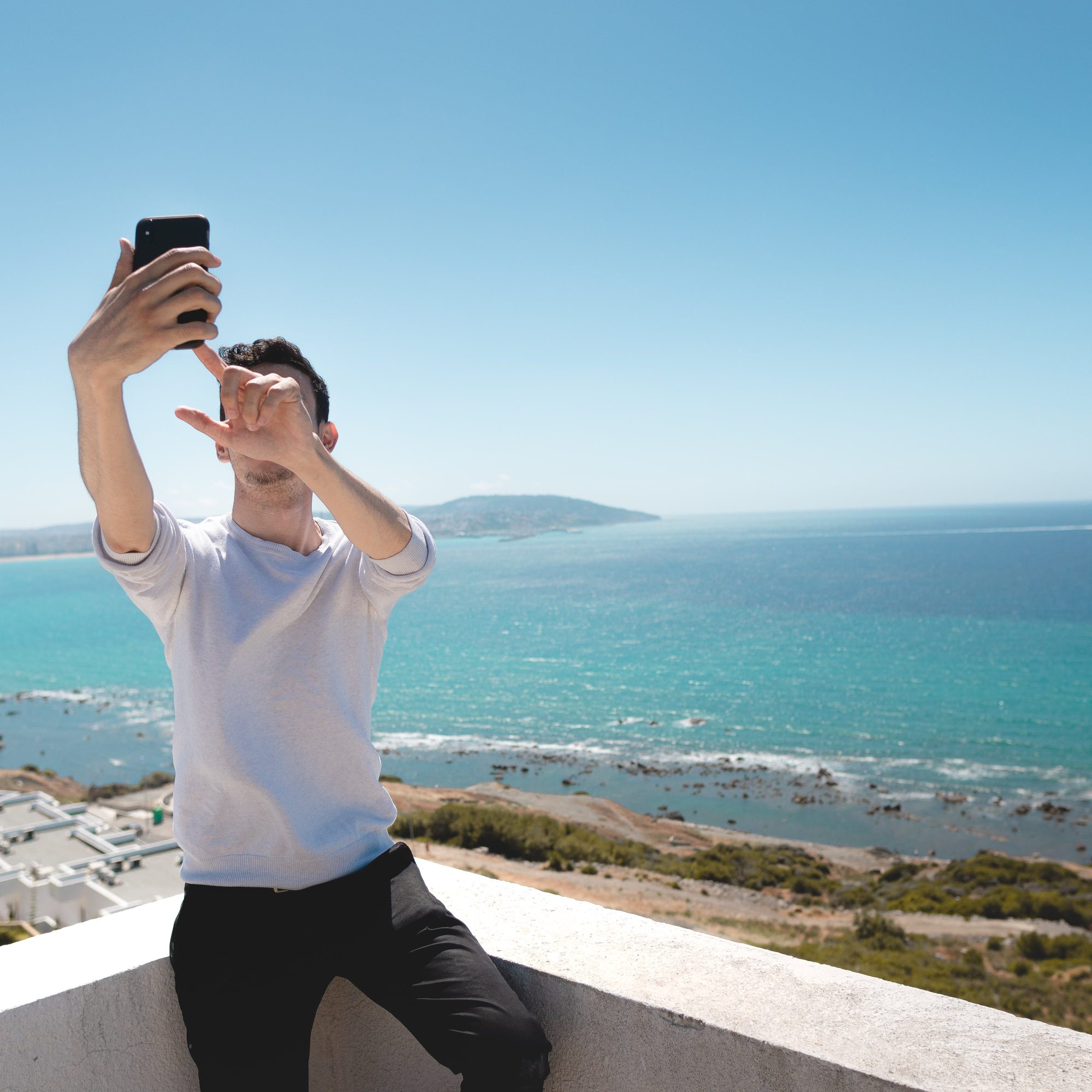Staring down the kaleidoscope of colors that swirled in the Santorini sunset, I fondly recall being completely awestruck. ‘Is nature always this theatrical, or do the Greek gods have a flair for the dramatic?’ I mused. But, as I juggled my camera in one hand and a rapidly melting gelato in the other, I grappled with a predicament that plagues every burgeoning travel photographer—How do I encapsulate the magic of this moment in a single frame? What camera settings should I use for the perfect shot?
Did you know that the answer to this quandary lies in understanding the trifecta of photography—a.k.a the holy trinity of Aperture, Shutter Speed, and ISO? Quite like a well-rehearsed symphony, when these three elements harmonize, they yield images that are nothing short of spectacular. But what’s the script to this symphony? Let’s decode it, shall we?
Aperture: The Eye of your Camera
‘So, what’s Aperture?’ I hear you ask. Imagine this: you’re squinting through a keyhole, catching glimpses of a grand ballroom beyond. The larger the keyhole, the more of the ballroom you can see. Aperture works in a similar way. It’s the ‘keyhole’ of your camera—controlling the amount of light that reaches the film or image sensor. But don’t be fooled, in the world of photography, a larger keyhole equates to a smaller aperture number. It’s like some bizarre, Alice-In-Wonderland-mathematics. Adjusting the aperture lets you manipulate the depth of field, thereby deciding what parts of your travel photography shots are in focus.
Shutter Speed: The Timing Maestro
Let’s move on to the second part of our trifecta: Shutter Speed. If Aperture is the ‘eye,’ Shutter Speed can be considered the ‘eyelid.’ It decides how long the ‘eye’ stays open. Quick blink or a lazy wink? Your choice. Want to freeze a moment in time? Opt for a faster Shutter Speed. Craving some motion blur to convey speed or movement? A slower Shutter Speed has got your back. Remember, the faster the Shutter Speed, the less light enters the camera, and vice versa. It’s akin to performing a balancing act, wouldn’t you say?
ISO: The Light Manipulator
And finally, we arrive at ISO, the last part of our holy trinity. In olden days, ISO was used to measure the sensitivity of film to light. In the digital era, it’s all about your camera’s image sensor. The higher the ISO, the more sensitive the sensor is to light, which can be a godsend in darker conditions. But tread carefully. A higher ISO can lead to noisy or grainy images. It’s like adding too much salt to a dish—a pinch can enhance the flavor, but add too much, and it’s culinary chaos.
Balancing the Trinity
So, you’ve mastered the members of our holy trinity. Now, how about orchestrating this symphony? It’s all about balance. Aperture, Shutter Speed, and ISO are co-dependent, like the three musketeers of photography. Adjust one, and you might need to tweak the others. Each control impacts the other two. Like I said, it’s a balancing act, juggling the need for light, motion, and image quality.
Luckily, most modern cameras come with a built-in light meter that indicates whether your image is under or overexposed, based on your current settings. By adjusting one or more of the settings, you can nail the perfect exposure. But remember, ‘perfect’ is subjective. Sometimes, an under or overexposed image can add a dramatic effect or mood to your photograph. It’s all about understanding, experimenting, and adapting.
Your Camera, Your Tool
Ultimately, your camera is a tool, and mastering these settings will help you wield it effectively. As you traverse through your travel photography journey, take control of your camera settings and let them assist you in capturing the story of your travels, one perfect shot at a time.


0 Comment